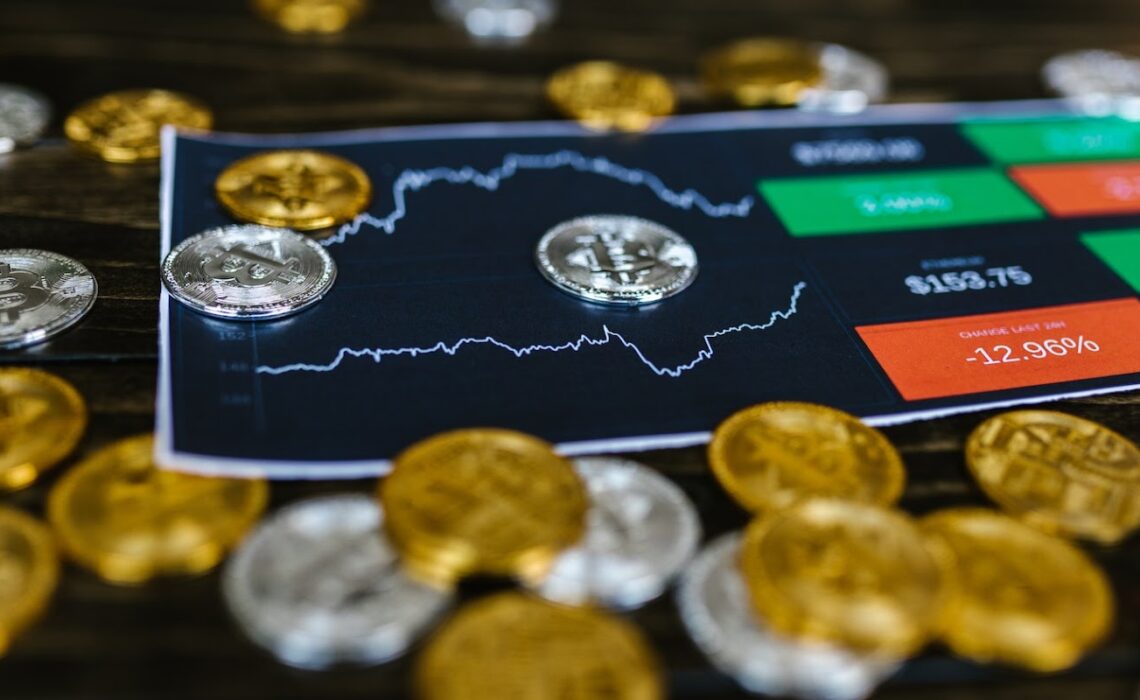
Technology has the potential to be a potent tool for advancing social justice and human rights in our rapidly changing digital world.
This is especially true where technology and the Deaf community’s human rights are concerned, where developments like Non-Fungible Tokens (NFTs) are changing the nature of accessibility and inclusion.
This blog post examines how NFTs are advancing social justice, fostering equality, and empowering Deaf people.
The Deaf Community and Accessibility Challenges
The Deaf community has long struggled to find opportunities, communicate, and access information.
Their participation in different facets of society has been hampered by conventional barriers like a dearth of sign language interpreters and closed captioning.
But as technology has developed, so too have the opportunities to increase accessibility and advance the rights of Deaf people.
NFTs: A Brief Overview
It is important to comprehend NFTs before exploring how they relate to Deaf rights.
The buying, selling, and trading of Non-Fungible Tokens takes place on blockchain platforms.
Whether it be digital art, music, virtual property, or collectibles, each NFT represents ownership of a particular digital item.
NFTs are a revolutionary tool for a number of uses, including advancing human rights, due to their distinctiveness and transparency.
Deaf Artists and NFTs: Empowering Creativity
By giving Deaf artists a platform to display their talents, NFTs are making a noteworthy contribution to the cause of Deaf people.
Due to communication difficulties, Deaf artists have frequently been unable to participate in traditional art exhibitions and galleries.
NFT platforms like OpenSea and Rarible, however, enable Deaf artists to upload their work, give it a thorough description, and communicate with a worldwide audience without any language barriers.
The gap between the Deaf community and the art world is closed as a result of the increased visibility of Deaf artists.
4. NFTs as a Source of Income for Deaf Creators
NFTs present a special chance for Deaf creators to make money, and economic empowerment is an essential component of social justice.
Deaf people can become financially independent and lessen economic disparities by selling their digital works of art or other creations as NFTs.
Blockchain technology’s decentralized structure guarantees the transparency and immutability of transactions, removing any chance for abuse or fraud.
The Deaf community has taken a big step toward equality with this financial independence.
Inclusivity in Online Communities
Online communities are essential for social interaction and networking, but they can be difficult for Deaf people to use due to the lack of accessibility features and sign language interpretation.
The importance of inclusivity is becoming more and more understood by NFT communities on websites like Discord and Twitter.
Today, a lot of NFT projects offer sign language interpretation for their online meetings and discussions to allow Deaf participants to participate fully.
The sense of belonging is increased by this inclusive approach, which also serves as a good example for other online communities.
NFTs for Advocacy and Awareness
Photo by Gustavo Fring
NFTs are a potent tool for spreading awareness about Deaf rights and issues.
Advocacy is a cornerstone of human rights movements.
NFTs can be produced by deaf activists and organizations to represent their ideas and experiences.
Each sale or auction of these NFTs will represent support for Deaf rights while also raising money for advocacy work.
NFTs can also be used as teaching tools, assisting the general public in comprehending the difficulties faced by the Deaf community and the value of accessibility.
Sign Language Preservation and Education
A crucial component of Deaf culture and communication is sign language. NFTs can help to preserve and advance sign languages.
NFTs that feature sign language lessons, historical footage, or artistic expressions of sign languages can be produced by deaf educators and linguists.
These NFTs can be widely disseminated, aiding in the global spread and preservation of sign languages.
Additionally, the authenticity and veracity of these educational resources are guaranteed by the transparent nature of blockchain.
NFTs as a Tool for Documenting Deaf History
Despite the rich and varied history of the deaf, it is frequently overlooked in popular historical narratives.
NFTs offer a platform for documenting and preserving Deaf history.
NFTs can be made by Deaf historians and other community members to illustrate significant events, narratives, and artifacts in Deaf history.
Future generations will be able to access these NFTs as valuable digital archives, preserving the Deaf community’s history and heritage for all time.
Accessibility Features in NFT Platforms
Although NFTs could revolutionize the Deaf community, it is important to acknowledge that the platforms’ accessibility features still need to be improved.
NFT marketplaces should place a high priority on features like video captioning, sign language interpretation for online events, and Deaf-friendly user interfaces.
The community can fully take advantage of the technology’s potential for social justice by making NFT platforms more accessible.
Conclusion
Technology and human rights for Deaf people in NFTs represent a promising path toward greater inclusion, equality, and empowerment.
NFTs give Deaf artists the chance to promote their work, open up business opportunities, and fight for their rights.
Additionally, they act as a platform for the promotion and preservation of sign languages and Deaf history.
However, it is imperative that the NFT community and technology creators keep pushing for improved accessibility in NFT platforms.
By doing this, we can make sure that NFTs actually advance social justice and equality for the Deaf community and others.
For those who are looking for additional support, Unspoken Language Services offers interpreting services to help bridge the communication gap between the deaf and hearing communities
Thumbnail Photo Credit to: Photo by RDNE Stock project

